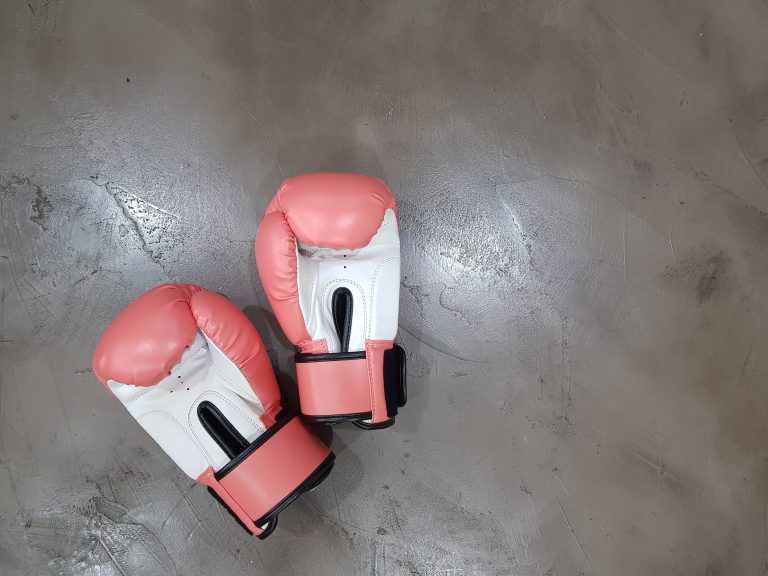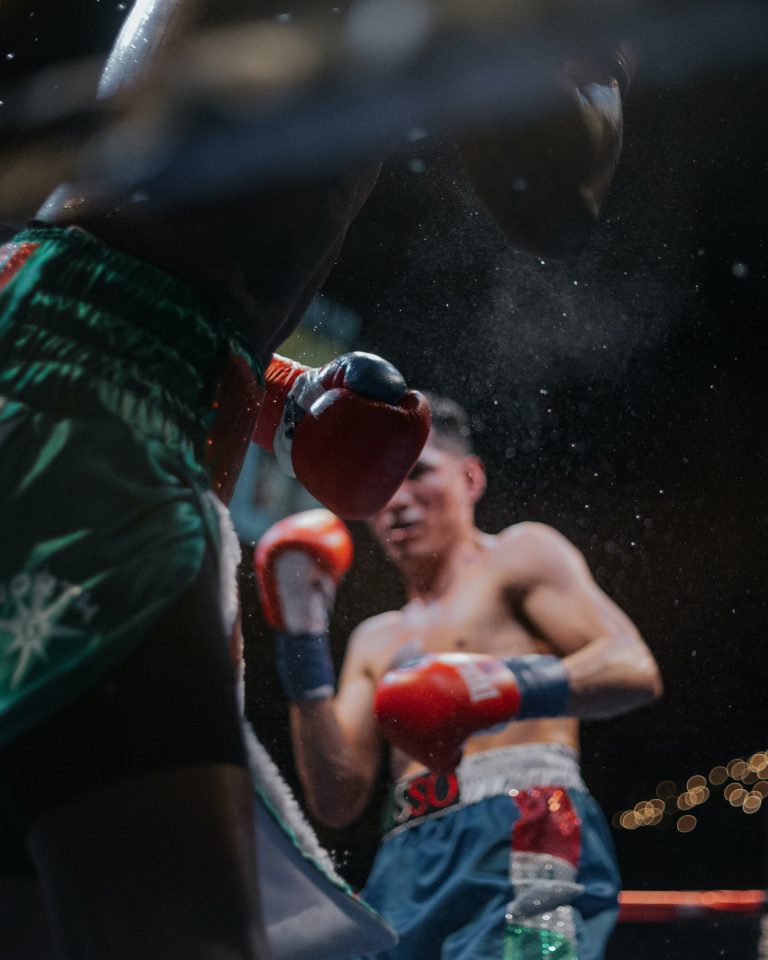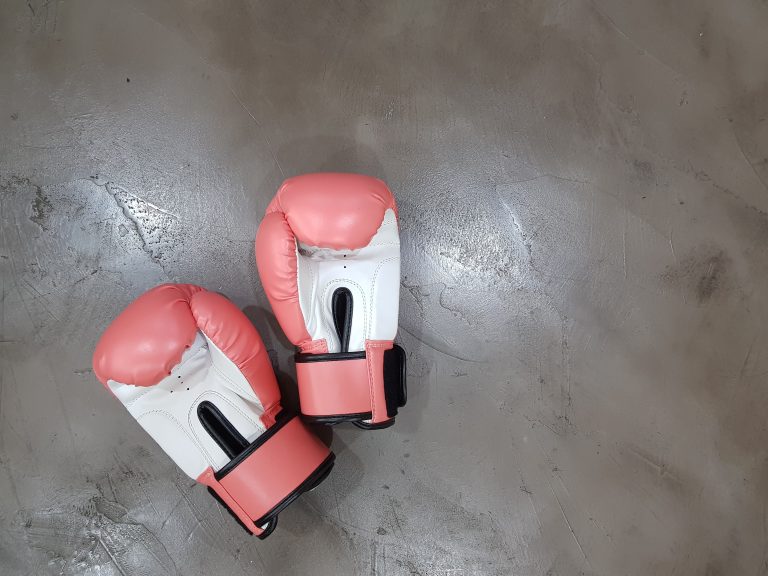Karate – How to choose the right belt level
Karate is a popular martial art that requires dedication, hard work, and focus. As you progress in your karate training, you will move up in belt levels, which signify your skill and experience. But how do you choose the right belt level for yourself? In this blog post, we will discuss the criteria for choosing the right belt level in karate.
Understanding the Belt System in Karate
Karate uses a color-coded belt system called Kyu (for students) and Dan (for masters). The Kyu system ranks from 10th to 1st Kyu in descending order. The Dan system ranks from 1st to 10th Dan. The color of the belt varies based on the level, with white representing the beginner level, and black representing the master level.
Factors to Consider When Choosing a Belt Level
Choosing the appropriate belt level is an important decision for any karate student. Here are some of the factors to consider when making the decision:
Time Spent Training
The time you have spent training in karate is an essential factor when determining your belt level. It takes years of training to progress from one level to another. If you have been training for a few months, you are most likely still in the beginner’s stage, and white or orange belt is the right choice for you.
Technique Proficiency
Karate revolves around technique and skill. Your proficiency in executing techniques is a vital criterion in choosing a belt level. As you become more proficient in techniques and demonstrate mastery in your moves, you will progress up to higher belt levels.
Consistency and Attendance
Consistency and attendance are key factors in determining your belt level. Regular attendance to classes and training consistently demonstrate your dedication and progress to mastering karate. If you are not consistent and miss many classes, you may not be ready to move up to the next belt level yet.
Evaluation and Feedback
Evaluation and feedback from your instructors, students, and senior belts can help you determine if you are ready for the next level. During evaluations, you will be tested on your karate skills, and feedback will help to identify areas to improve before moving up to the next level.
Conclusion
Choosing the right belt level in karate is an individual decision that should be based on your training, technique proficiency, consistency, attendance, and evaluation feedback. It is essential to know your strengths and weaknesses and be honest with yourself when making this decision. Progression through the belt system takes time and dedication, but it is a rewarding journey worth undertaking.
Karate – How to Choose the Right Belt Level: Frequently Asked Questions
Karate is a popular martial art that originated in Japan. It is not only a form of combat but also a way of life, with its own set of principles and values. Karate training differentiates between ranks through the use of belts, with each belt indicating a certain level of achievement and skill. In this blog post, we will answer some of the most frequently asked questions about how to choose the right belt level in karate.
1. What is the importance of belts in karate?
Belts play a significant role in karate as they indicate a student’s rank and level of proficiency. Belt colors progress from white to black, with each level representing more advanced techniques and knowledge. Students are required to pass a series of exams to progress to each new level, which is marked by the award of a new belt.
2. How do I know which belt level is right for me?
Choosing the right belt level depends on your level of experience and training. For beginners, the white belt is the starting point. As you progress, your instructor will assess your abilities and determine when you are ready to move to the next level. It is important to remember that karate is a journey, and each student progresses at their own pace. Belts are not simply rewards for completing a set of techniques, but rather a reflection of the student’s skill level and commitment to the art.
3. What are the different belt levels in karate?
Karate has a range of belt levels, with the colors generally progressing from lighter to darker as a student advances. The most common belt colors and their associated levels are:
- White – Beginner
- Yellow – Novice
- Orange – Intermediate
- Green – Advanced intermediate
- Blue – Advanced
- Brown – Expert
- Black – Master
It is important to note that the specific ranking system can vary depending on the karate organization or school. However, the above belt colors and their associated levels are the most commonly recognized.
4. How long does it take to advance to the next belt?
The amount of time it takes to advance to the next belt level varies depending on the student’s experience and training. Generally, it takes around 3-6 months for beginners to advance to the next level. As students progress, the time required to progress to the next level increases, with some students taking years to advance to the black belt level.
5. Can I skip belt levels?
Skipping belt levels is generally not recommended as each level builds on the knowledge and techniques learned in the previous level. However, some schools may allow experienced students to skip certain levels if they demonstrate exceptional skill and proficiency.
6. What happens if I fail my belt exam?
Failing a belt exam can be disappointing, but it is important to remember that it is part of the learning process. Your instructor will review your performance and provide feedback on areas that need improvement. You will have the opportunity to retake the exam once you have addressed these areas.
7. Can I train in karate without belts?
While belts are an important part of the karate system, they are not essential to train in the art. Some schools may choose not to use a belt system, or students may opt to train without belts. In these cases, progress is often tracked through the advancement of skills and techniques, rather than belts.
8. How do I maintain my belt level?
Maintaining your belt level requires ongoing commitment to the art and the continued refinement of your skills and techniques. This involves attending regular training sessions, practicing outside of class, and staying connected to your instructor and fellow students. Remember, karate is a journey, and the pursuit of excellence is a lifelong pursuit.
Conclusion
Choosing the right belt level in karate is an important part of the journey towards mastery of the art. While each student progresses at their own pace, belts serve as a marker of their achievements and progress. By understanding the different belt levels, the time it takes to advance, and the importance of ongoing commitment, students can set themselves on a path towards excellence in karate.
Inhaltsverzeichnis





